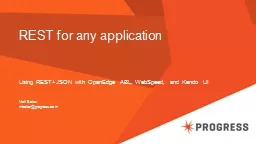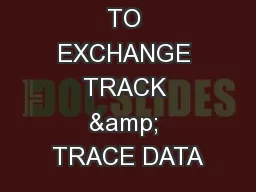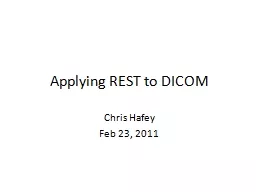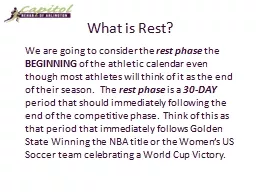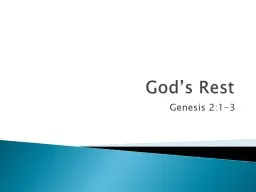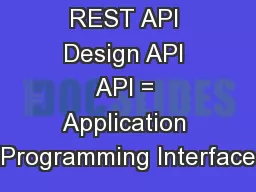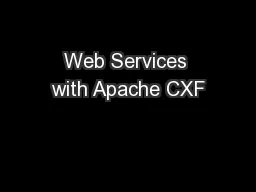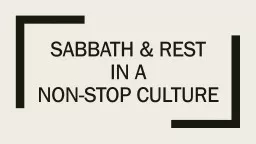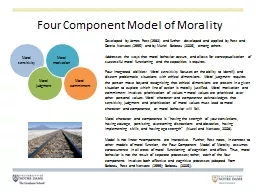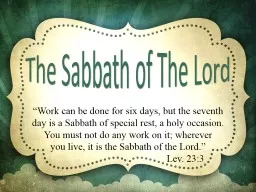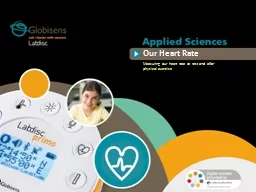PPT-REST for any application
Author : min-jolicoeur | Published Date : 2018-01-05
Using RESTJSON with OpenEdge ABL WebSpeed and Kendo UI Matt Baker mbakerprogresscom Please feel free to interrupt and ask questions or make comments Demo What
Presentation Embed Code
Download Presentation
Download Presentation The PPT/PDF document "REST for any application" is the property of its rightful owner. Permission is granted to download and print the materials on this website for personal, non-commercial use only, and to display it on your personal computer provided you do not modify the materials and that you retain all copyright notices contained in the materials. By downloading content from our website, you accept the terms of this agreement.
REST for any application: Transcript
Download Rules Of Document
"REST for any application"The content belongs to its owner. You may download and print it for personal use, without modification, and keep all copyright notices. By downloading, you agree to these terms.
Related Documents

